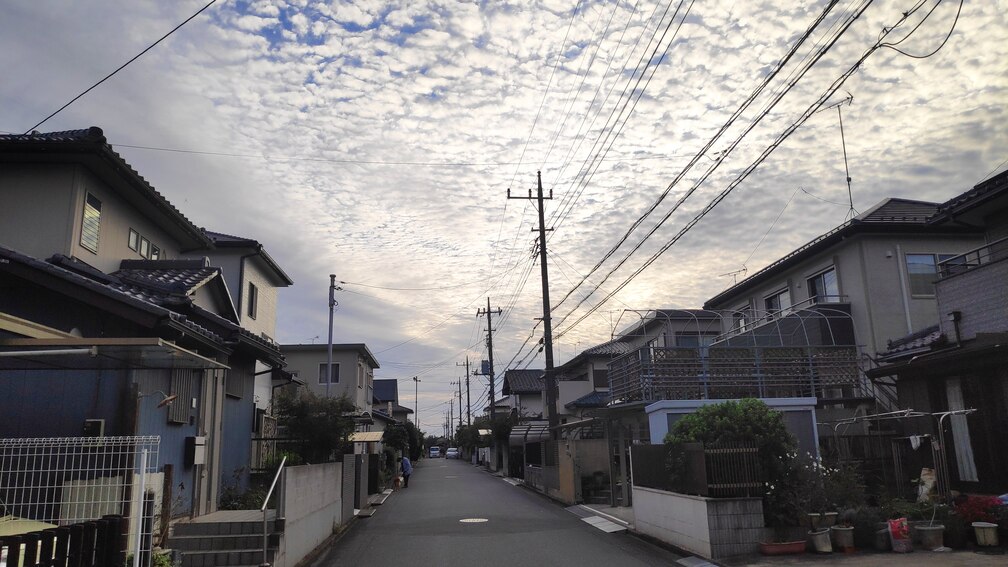
How do we make a phrase has several nouns with the same value to describe a noun?
What is an apposition?
An apposition is to put some equal value words together to describe another word (especially nouns).
For example,
My friend Brad is an engineer.
I live in the city of New York.
In these examples, (My friend / Brad) and (the city / New York) have the same value.
So, we can say
- My friend is an engineer.
- Brad is an engineer.
- I live in the city.
- I live in Nagoya.
and the basic meanings remain the same.
Particle の for apposition
In Japanese, we use の to combine a chain of nouns in apposition.
For example,
わたしは医者です。 + わたしはトムです。
Watashi wa Isha desu. + Watashi wa Tomu desu.
I’m a doctor. + I’m Tom.
It will be
わたしは医者のトムです。
Watashi wa Isha no Tomu desu.
I’m Tom, a doctor.
Word order
We must always pay attention when it comes to the word order for even apposition.
Because, for example,
医者のトム (Isha no Tomu) means “Tom, a doctor“.
But
トムの医者 (Tomu no Isha) means “Tom’s doctor“.
Although, these nouns have the same value for the subject, わたし (watashi) in
わたしは医者のトムです。
Watashi wa Isha no Tomu desu.
I’m Tom, a doctor.
There are still differences that determine their order, the core nuance.
The noun that has more core nuance is placed after の.
For example, トム (Tomu : Tom) is more core than 医者(Isha : doctor) to わたし (Watashi : me) because わたし (Watashi : me) can be always トム (Tomu : Tom) but his job may change.
Or, more simply, you can test what to put before or after の, since the noun before の describes the noun after の.
For example,
友だちのブラッㇳ
Tomodachi no Bratto
My friend, Brad
ブラットの友だち
Buratto no tomodachi
Friend of Brad
ニューヨークの町
Nyuu yooku no machi
The city of New York
町のニューヨーク
Machi no nyuu yooku
New York, a city



Comment